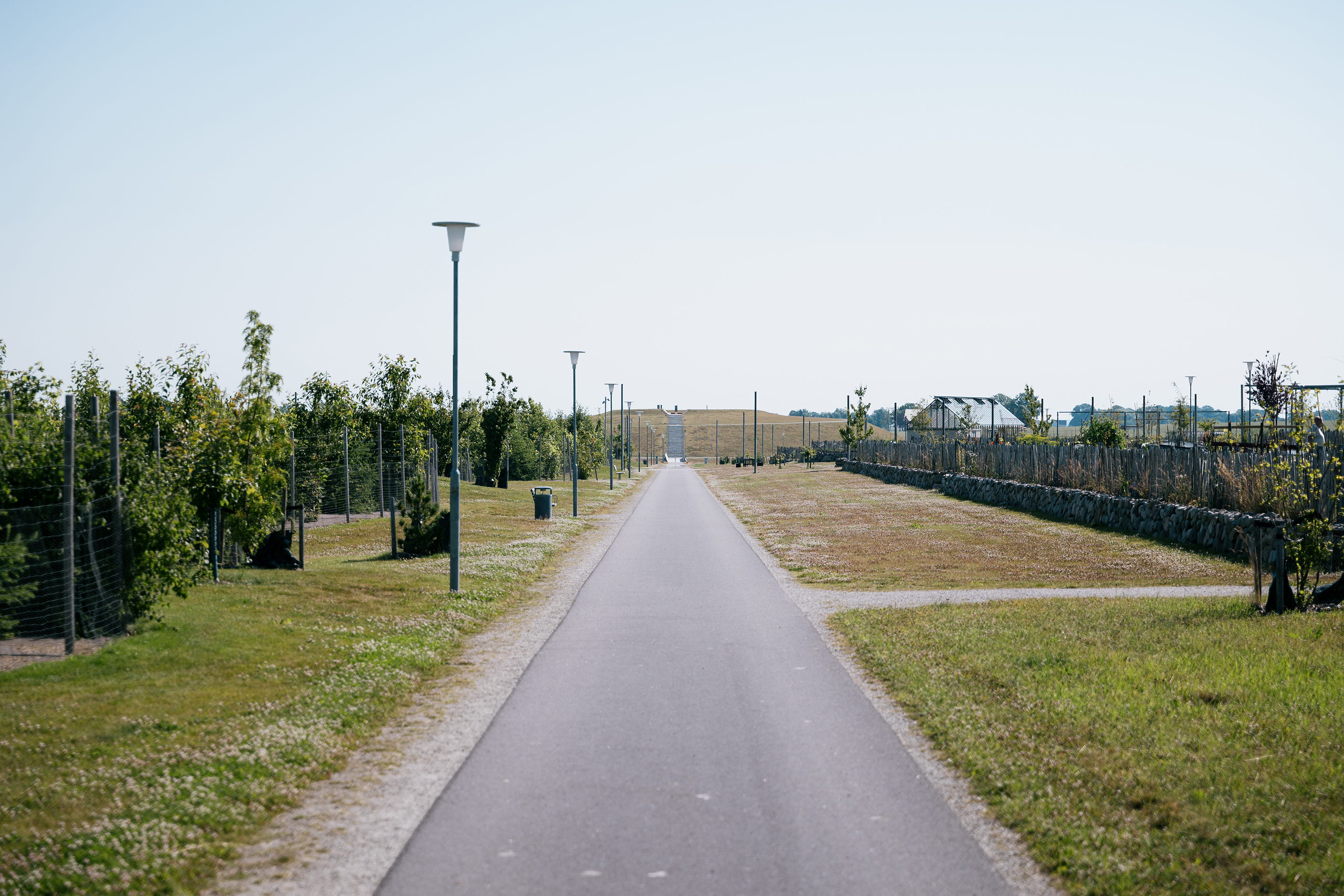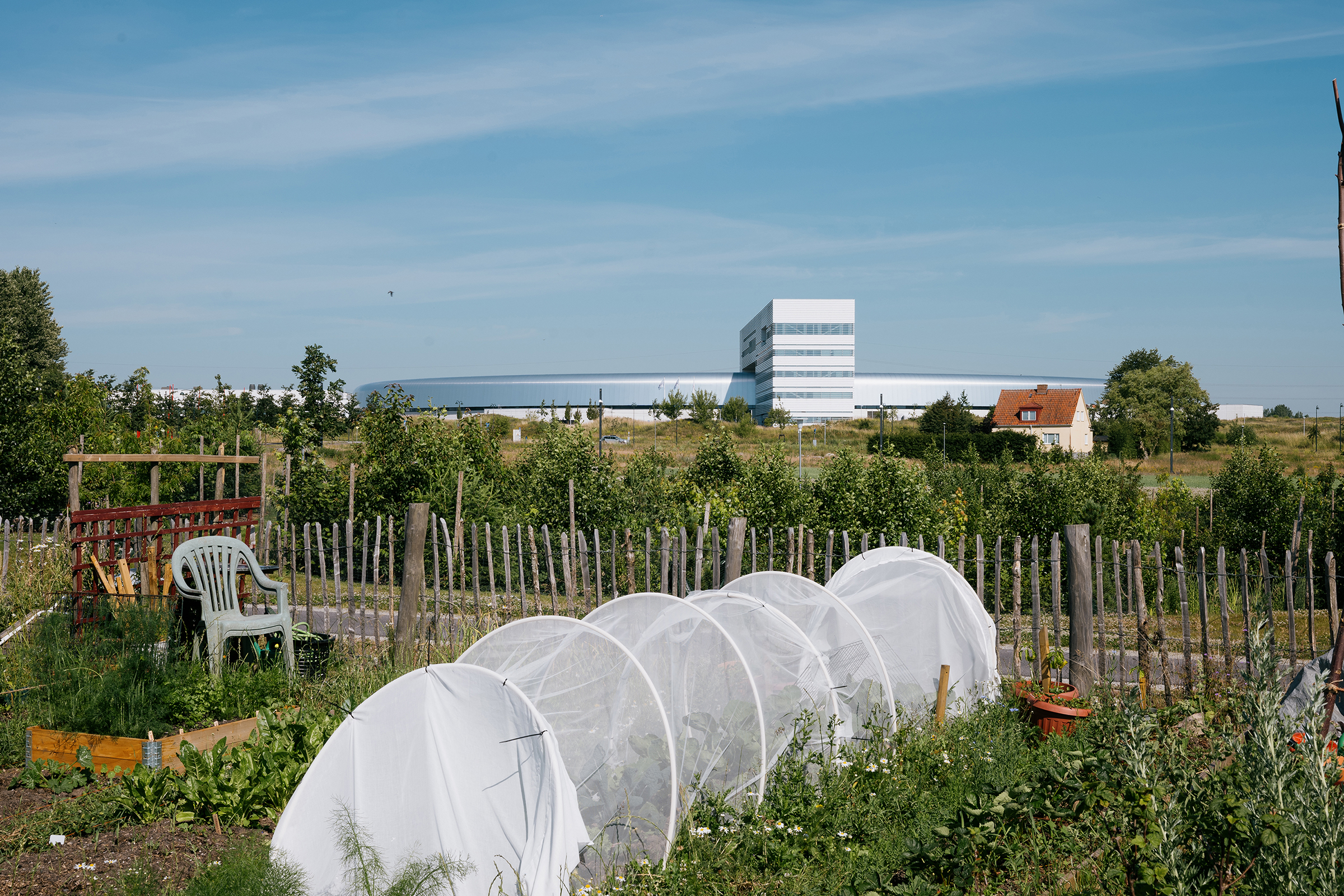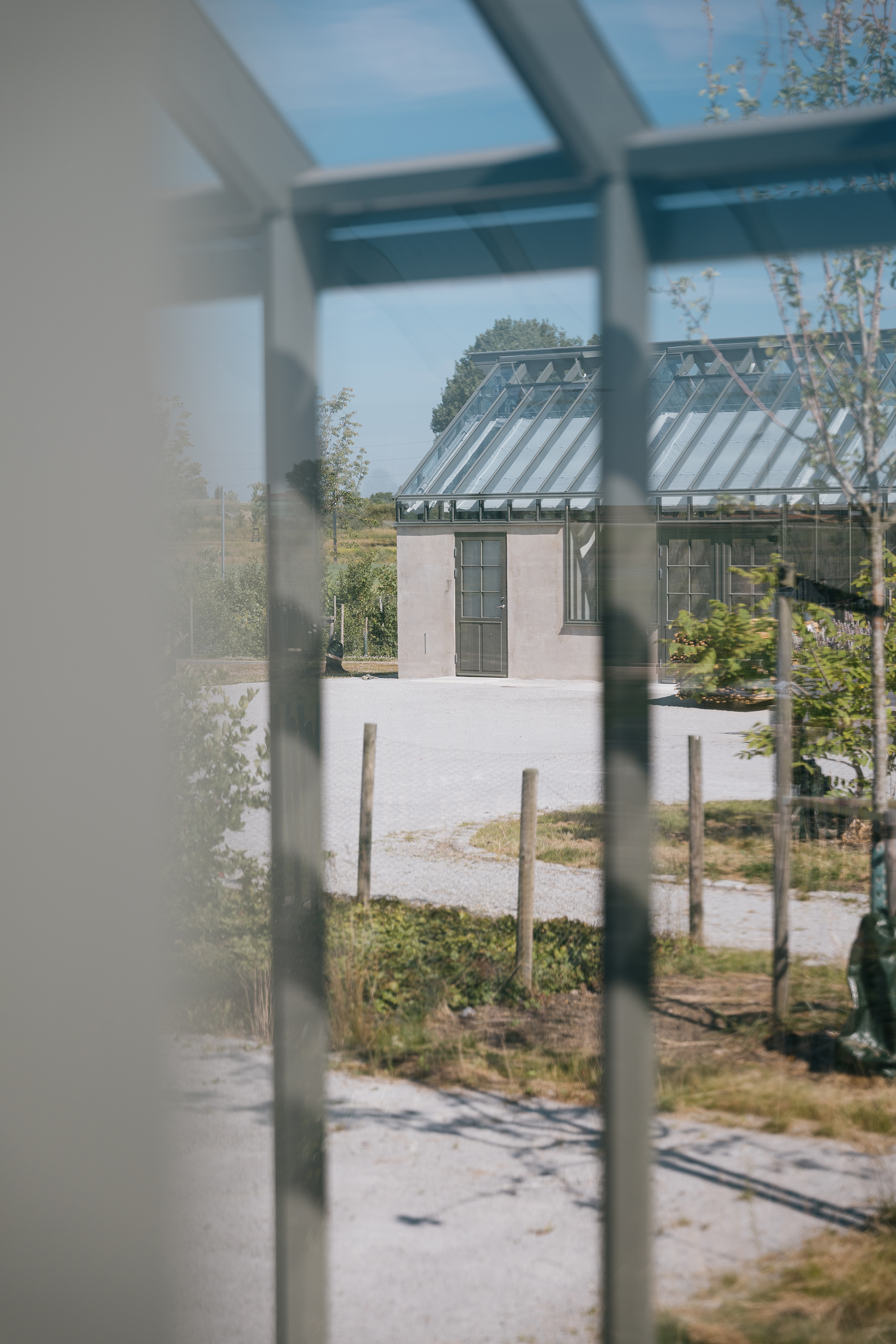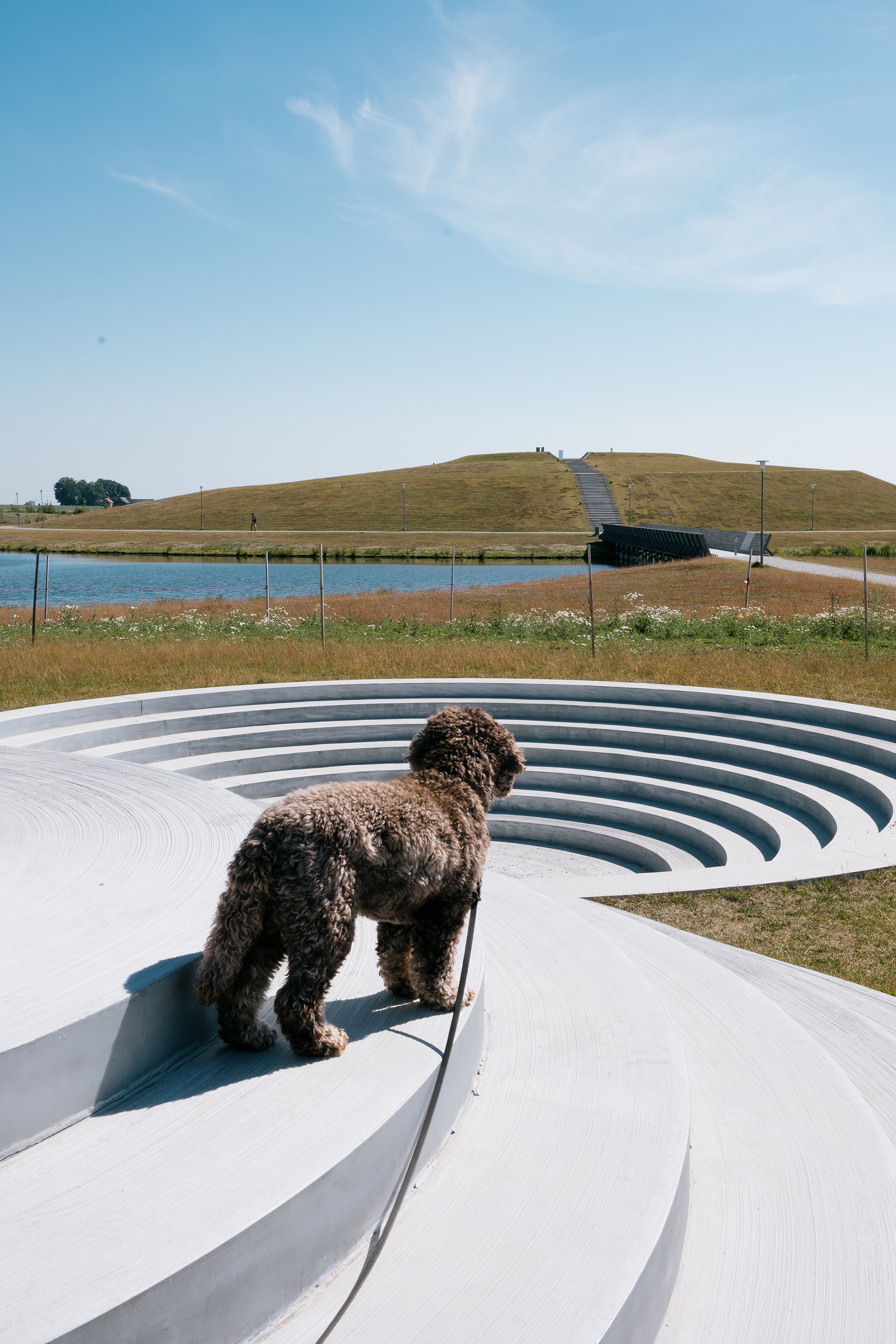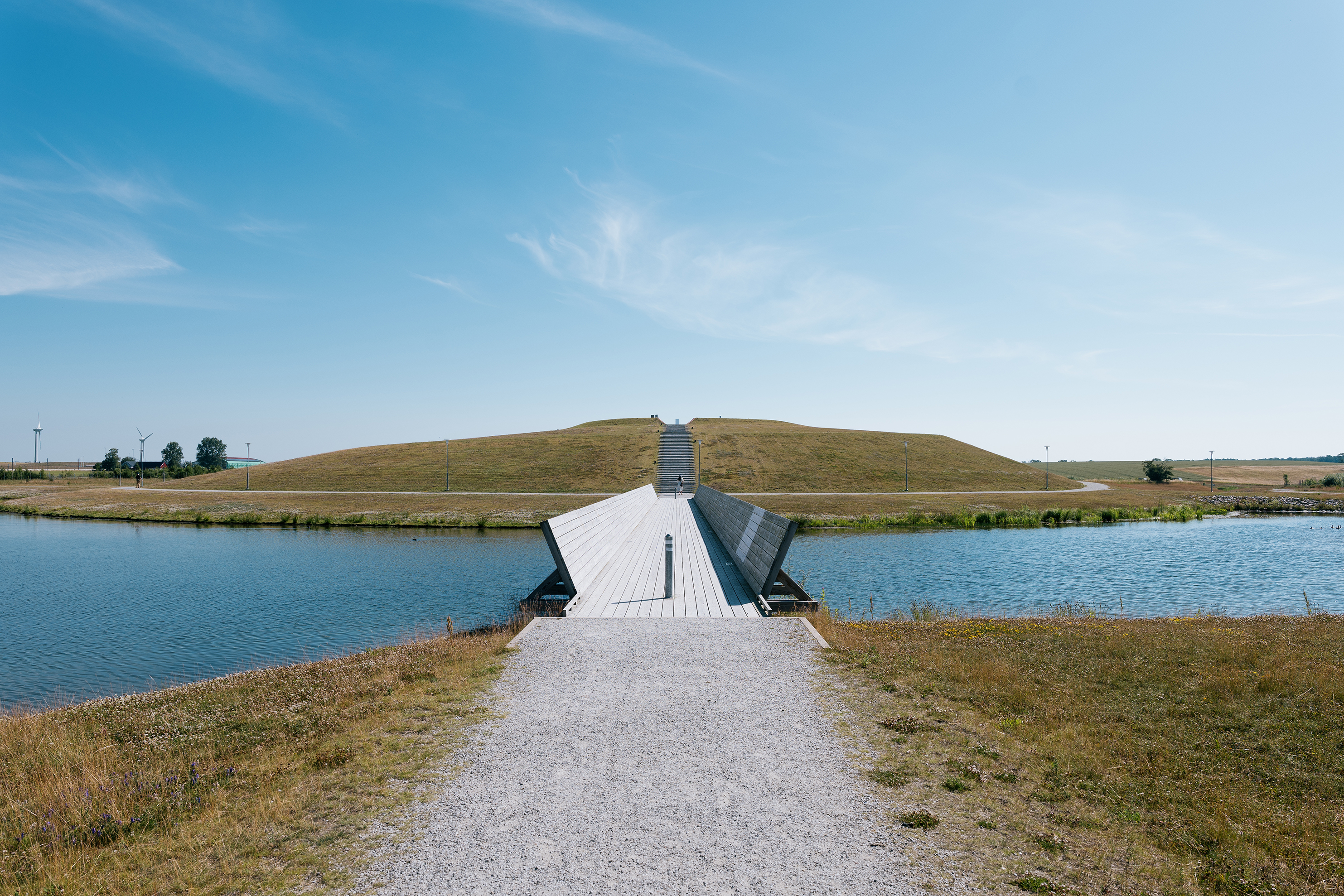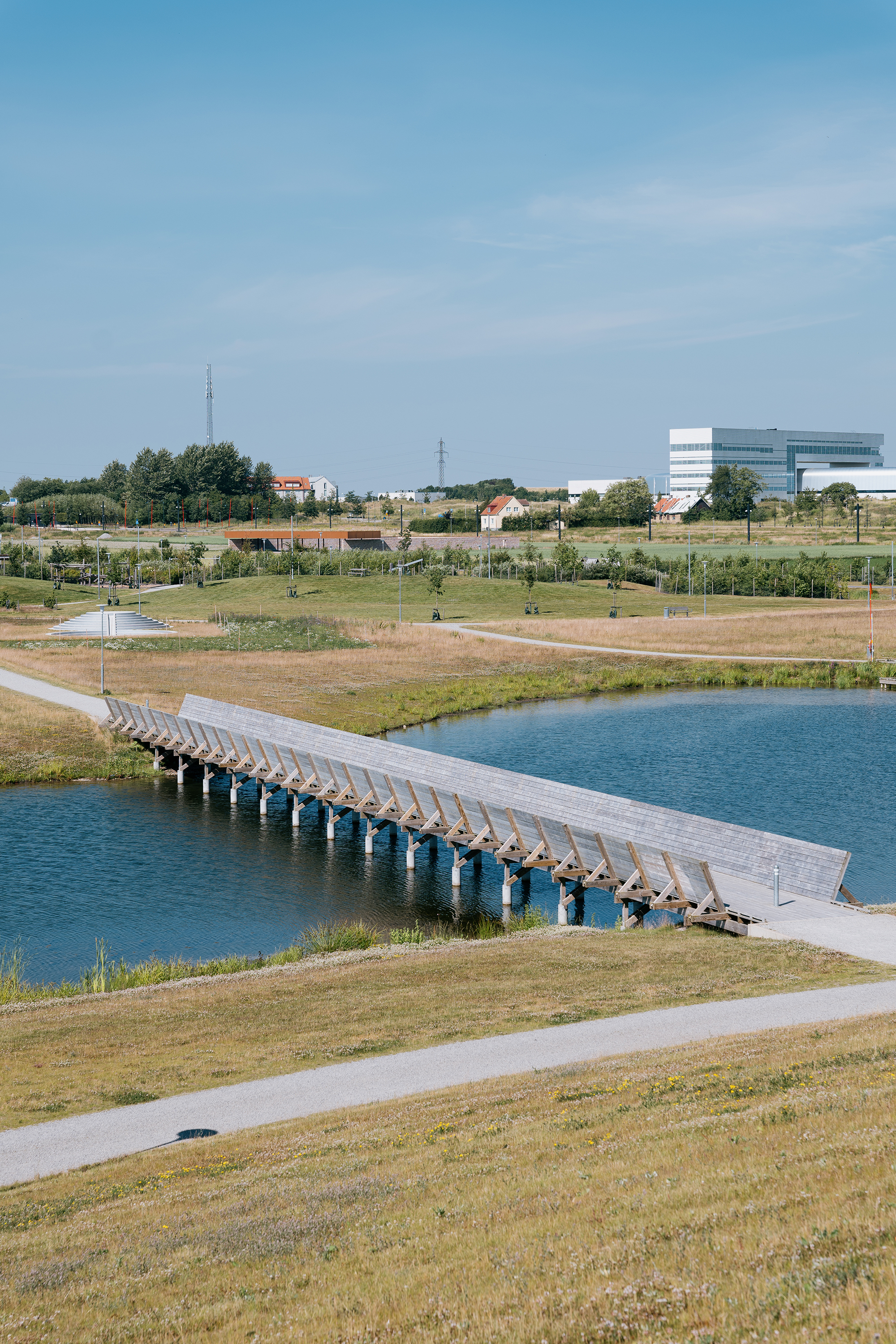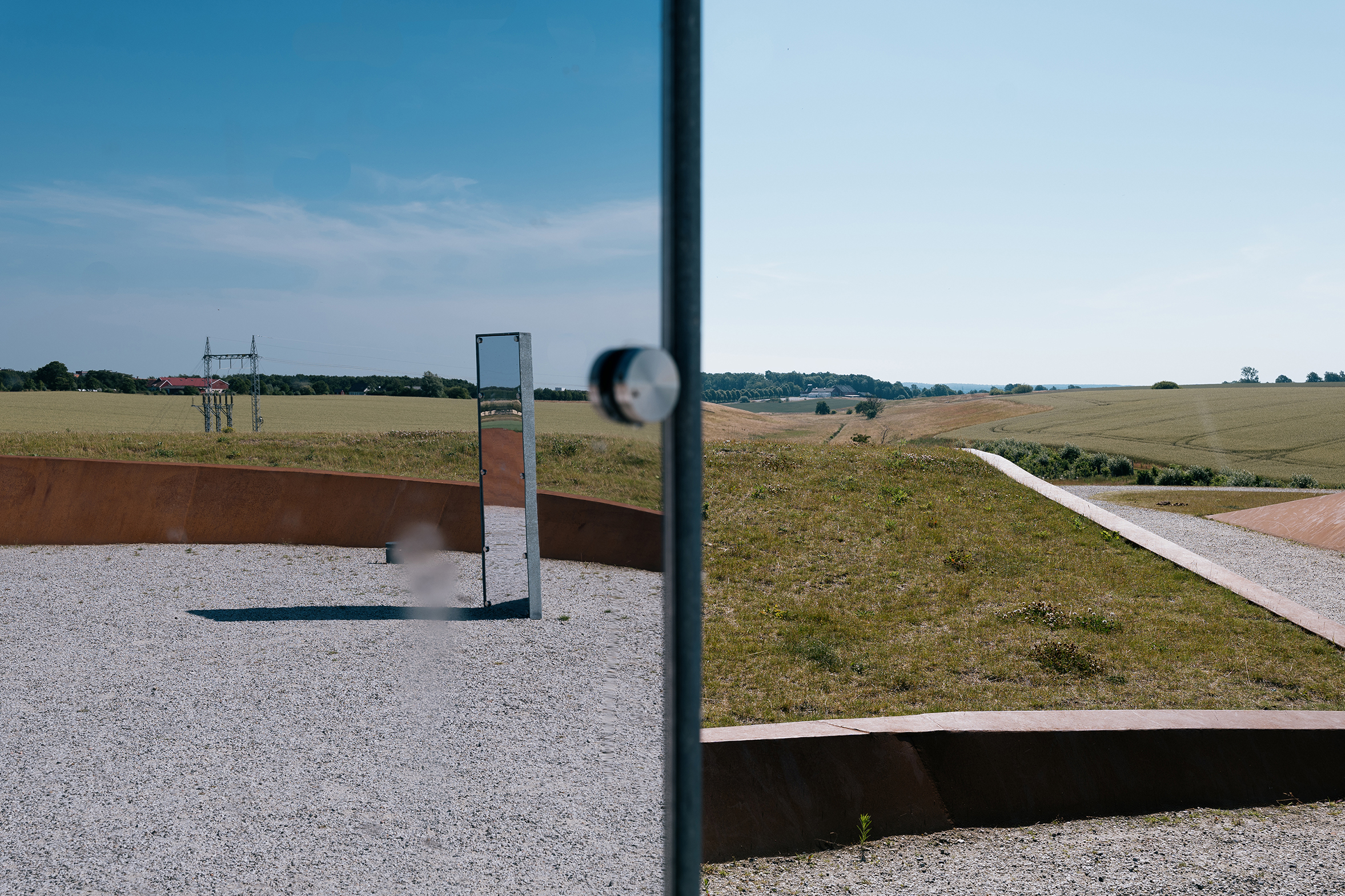Reconnecting with nature
Kunskapsparken-Park of Knowledge
Brunnshög-Kunskapsparken-Park of Knowledge, where Urban meets Rural
The Knowledge Park connects city and country in Lund's new district of Brunnshög. The park is both a regional tourist attraction, a farming area and an everyday park for the approximately 40,000 people who are expected to live and work here when the district is fully developed. The park will also protect Brunnshög from flooding.
Sweden
Local
Lund
It addresses urban-rural linkages
It refers to a physical transformation of the built environment (hard investment)
Yes
2022-09-04
No
No
No
As a representative of an organisation
The Knowledge Park connects city and country in Lund's new district of Brunnshög. The park is both a regional tourist attraction, a farming area and an everyday park for the approximately 40,000 people who are expected to live and work here when the district is fully developed. The park will also protect Brunnshög from flooding.
What can you do in the Knowledge Park?
The 21-hectare park is as big as 30 football fields. Only one parkr is bigger in Lund. In Kunskapsparken there are plenty of open green spaces, but also loops and paths to walk or run on. There are ponds and streams with trestles, bridges and jumping stones, a playground, an outdoor gym and a dog run. There is also a special riding trail. The location is just between a world class research area (ESS, MAX IV and SVS) and traditional high-quality farmland. Rural/Urban is the guiding principle
Nature and edible plants
Trees and plants provide protection from the Skåne wind and provide shade during the summer. The Knowledge Park has over 3,000 trees and almost 400 different types of plants. Many trees and shrubs have edible fruits and berries that you can pick when the park has grown. Here grow grapes, currants, hops, blackberries, apples, pears, cherries, plums, as well as hazelnuts, pine nuts, walnuts and a whole range of other nuts. A big part of the park is dedicated to urban farming, and citizens can apply to join and become food producers!
The Knowledge Park takes advantage of the water
Two streams, a small and a large pond. receive stormwater from all over Brunnshög when it rains heavily. The small pond functions as a purification system and absorbs heavy metals, among other things, before the water is directed to the larger pond. VA SYD regularly drains the small pond. The park's plantings are watered with water from the large pond.
Since the park is taking care of all the stormwater in the planned area, it had to be built in advance, adding recreational qualities even before anyone moved in
What can you do in the Knowledge Park?
The 21-hectare park is as big as 30 football fields. Only one parkr is bigger in Lund. In Kunskapsparken there are plenty of open green spaces, but also loops and paths to walk or run on. There are ponds and streams with trestles, bridges and jumping stones, a playground, an outdoor gym and a dog run. There is also a special riding trail. The location is just between a world class research area (ESS, MAX IV and SVS) and traditional high-quality farmland. Rural/Urban is the guiding principle
Nature and edible plants
Trees and plants provide protection from the Skåne wind and provide shade during the summer. The Knowledge Park has over 3,000 trees and almost 400 different types of plants. Many trees and shrubs have edible fruits and berries that you can pick when the park has grown. Here grow grapes, currants, hops, blackberries, apples, pears, cherries, plums, as well as hazelnuts, pine nuts, walnuts and a whole range of other nuts. A big part of the park is dedicated to urban farming, and citizens can apply to join and become food producers!
The Knowledge Park takes advantage of the water
Two streams, a small and a large pond. receive stormwater from all over Brunnshög when it rains heavily. The small pond functions as a purification system and absorbs heavy metals, among other things, before the water is directed to the larger pond. VA SYD regularly drains the small pond. The park's plantings are watered with water from the large pond.
Since the park is taking care of all the stormwater in the planned area, it had to be built in advance, adding recreational qualities even before anyone moved in
Landscape views
Biodiversity
Water
Urbanagriculture
Tramstop
The ambition with the Knowledge Park (Kunskapsparken in swedish has been to create a so-called recreation park with stimulating environments for people as well as flora and fauna.
A green oasis with plenty of space for nature, recreation and exercise.Lund is surrounded by farm land which is many ways inaccessible for most citizens. The park of Knowledge is a way to make it possible to reach the arid landscape, and get much closer to the concept of actual food production. The park it a transition zone between dense new development for housing/research facilities and nature. By creating a multitude of green spaces and a variation in programing, the park has something for everybody. Water (too much or too little) is a huge factor for resilience in the future, the park is designed with the intention of taking care of stormwater from the whole Brunnshög development, so it can be flooded and slowly delay, without getting ruined. In the same way water is cleaned in order to use it for watering public trees and gardens in the rest of the city. Biodiversity in a traditionally monocultural, large scale food production area is a way to improve by diversifying and addin small scalke, mixed crops and ways of cultivating
A green oasis with plenty of space for nature, recreation and exercise.Lund is surrounded by farm land which is many ways inaccessible for most citizens. The park of Knowledge is a way to make it possible to reach the arid landscape, and get much closer to the concept of actual food production. The park it a transition zone between dense new development for housing/research facilities and nature. By creating a multitude of green spaces and a variation in programing, the park has something for everybody. Water (too much or too little) is a huge factor for resilience in the future, the park is designed with the intention of taking care of stormwater from the whole Brunnshög development, so it can be flooded and slowly delay, without getting ruined. In the same way water is cleaned in order to use it for watering public trees and gardens in the rest of the city. Biodiversity in a traditionally monocultural, large scale food production area is a way to improve by diversifying and addin small scalke, mixed crops and ways of cultivating
The design of the park is guided by the original open agricultural landscape, which has been enhanced to create height and depth in order to cater for water volumes and visible views. By having allotments in the park there is a human presence, and a mild habitation that increases safety and community. The area that has been transformed to the park has been agricultural land ownen by the Lund Dome for more than 1000 years. There have been some archeological finds in the area, and these have been carefully included in the design. The park has potential to grow in order to cater for new needs and new solutions we might not be aware of today. One example is the "Village Streets", a concept of a dense housing along a rural road, with a possibility to have small scale farming next to your house, but still in dense neighborhood with social cohesion. This will be a way to make the Urban/Rural context even more obvious and accessible.
The location next to a new tram stop, is a way to make nature reachable without owning a car. Of course, it is free access and even the fruit growing on the public trees are fee to pick. The output from the allotment gardens (130 unique lots) is of course intended to farmers. The park is an experiment in participation, where engaged citizens, NGOs and Schools have been included in the design process of the park. The programing of the park has included a variety of elements, spaces and typologies. This kind of inclusive process is quite rare in Sweden, so in this case it might serve as a good example for similar projects, and to allow for engagement and participation process beyond just paying tax and voting. In these uncertain times, we need engagement and active grass roots to grow closer to our relation with nature and our fragile eco systems.
Since the park is including allotment gardens a new kind of involvement process had to be done. Several engaged urban farmers that was allowed to temporary cultivate another area in Brunnshög, was included in the design process to make the allotments well integrated in the park. To make the park accessible and open for all, is the foundation of public space and in a way democracy made in to matter. Everybody should feel welcome in the park but there is also a mixed programing to cater for different purposes. Pure recreation, art, Eatable fruit, Outdoor gym and Places for meditation are examples, dedicated sport fields and unique faunas others. The park is not only a green lung, but also a neighborhood being built, this i done by the citizens of Brunnshög, and citizens of the world. Currently there are about 2000 new inhabitants in Brunnshög, and more than 80 different countries of origin
The park was initiated by the municipality in the development project Brunnshög. The intention was to create a recreational park, with biodiversity and stormwater handling capacity. Region, Landowners,(Dome) and al large amount of reseahchers have taken part in the delelopment of the park, Landscape architects at the Lund municipality have been central to the process from day one. In the early 2010s, a temporary cultivation site was created in Brunns-hög, which has now been given a permanent place in the Knowledge Park. The cultivation area has, through close cooperation, been laid out based on the needs of the growers. But the place is not only for growers – visitors are also welcomed to experience the area, where the active growers act as ambassadors for the park. The area consists of an almost two-hectare area for cultivation plots, one of Sweden's largest newly planted forest gardens, beekeeping, chicken keeping, tool sheds and a central gathering place with two greenhouses.
Water/Flooding, Landscape architect/designers, Urban Farmers, Sports, Horseback riders, Water guiding the design and the only natural gate to surrounding landscape and hiking trails. The process have been initiated and maintained by Lund Municipality, with a wide variety of in house competence. A Number of experts and also citizen engagement has been included all along from the early ideas ideas and sketches to the opening of the park and beyond. A park is never finished it is in constant change
Built first (Before any houses), Has its own tram stop, Conncting with the unacessable farm sourondings, the involment from citizens, expecially concerning the alotments. The focus on water is unique. The wide varity of plats and trees, where many things are eatible is in many ways unique. One large part of the park is decdicated to Permaculture, the growth of agricultural ecosystems in a self-sufficient and sustainable way. This form of agriculture draws inspiration from nature to develop synergetic farming systems based on crop diversity, resilience, natural productivity, and sustainability.
Idea development with design firm initiated the process with long term involvement from the municipality. Use existing and move existing trees cultivated for locally for this purpose i the Park of the Winds. The long term investment and dedication from the municipality working cross disciplinary has been the methodology that have pragmatically guided the process to the park in its current state. Workshops with stakeholders combined with a regular planning process with more formal involvement in a way that is still rare in a Swedish context
The value of high quality public green spaces cannot be overestimated, include flooding and water volumes as design qualities. The park of Knowledge is the third (and by far the biggest in Brunnshög) that has been built in the Brunnshög area, long ways ahead of the building and inhabitants. This concept is not the always the common process and of course financially top heavy, but to have a safe haven without any construction has been extremely appreciated by a the people moving in, and also mirrored in the interest to develop in Brunnshög: High quality public spaces encourages high quality architecture.
Water, public space that are free for all, Food production. The context, in close proximity to new research facilities MAX IV and ESS, shows importance of nature, recreation and green qualities in this high tech environment. Urban farmers are cultivation in walking distance from labs were the next protein, battery or medicine is being discovered..This is what our future must aim at. By showing an example of innovation and quality of life, with sustainable limitations, that is where kuskapsparken can make the difference
The park was used even before it was officially open, a god sign of interest from the general public. The allotment urban farmers were also extremely keen on cultivating and has formed a inclusive kind of host ship för the park. Runners, Bikers, Dog owners also embrace the park from day one. A park can only be understood by visiting it, and a park can only fully be appreciated until after many years has passed and the green structures and volumes is there

